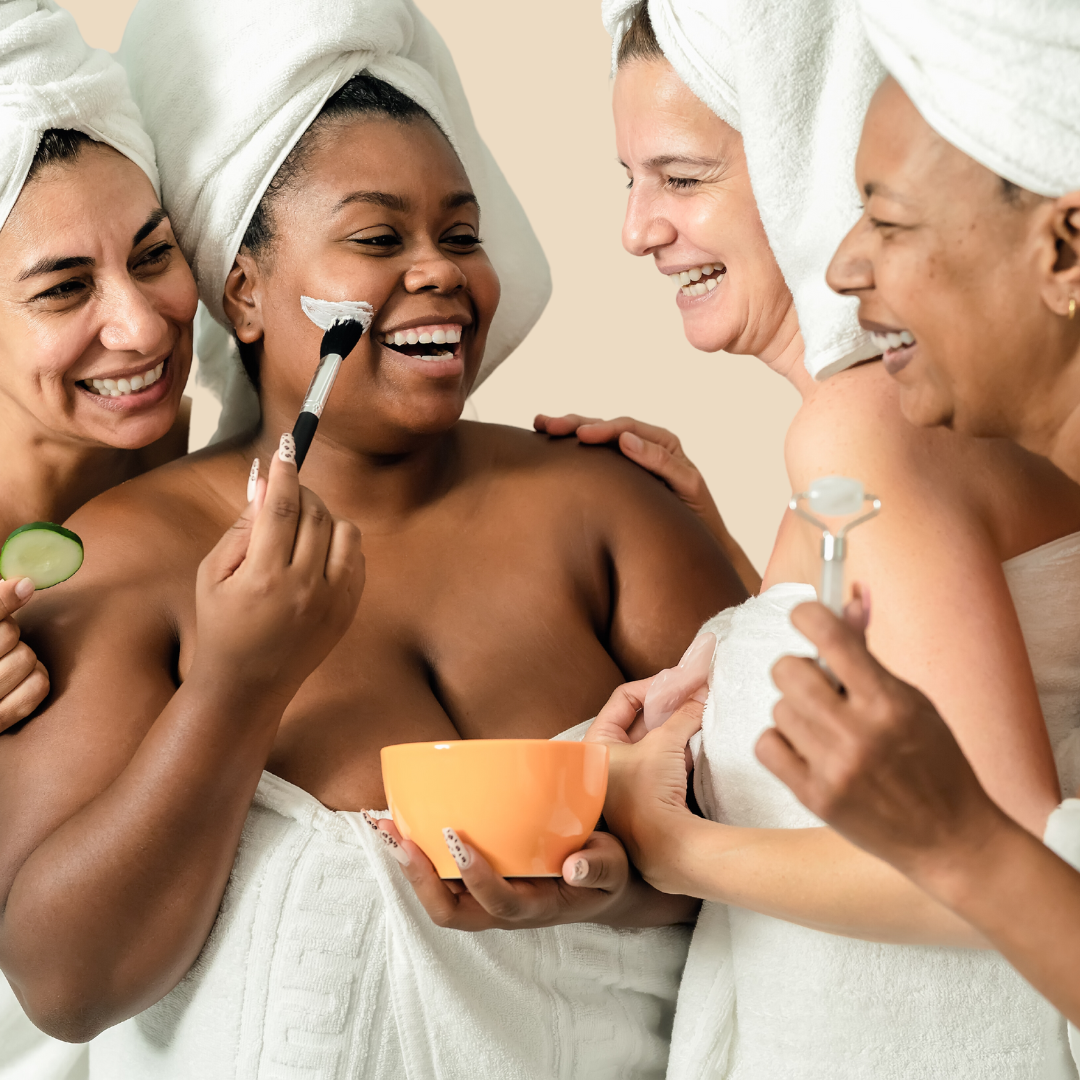A person relaxing on the beach, letting the sun shine on their skin while on vacation on a poster at a travel agency. The photo on the local coffee shop’s Instagram page, of a guest drinking from a mug. The people you see embracing on the cover of a romance novel. In your mind, how many of these images are of fat or above-average-size people?
We’re not here to shame you for imagining only straight-sized (as opposed to plus-sized) people in this brief exercise. We just want to point out the strong bias against, and lack of representation of plus-size and fat bodies in society. Just like the broader conversation about diversity in mass media like movies and television, inclusive marketing is important for ensuring that all people can see themselves reflected back at them.
Take, for instance, the effect on athletic equipment company Nike, when they began to include plus-size mannequins to display their expanded sizes in athletic wear. It was not enough just to create and sell inclusive sizes. When Nike Inc. started to include larger mannequins in stores and fat athletes in their advertisements, they interrupted the common, fatphobic narrative that athletic equals thin or muscular. They began to support a brand story that includes a wider range of body types in the athletic wear industry. And it even boosted the brand among a huge percentage of consumers.
Obviously, not every business is going to have access to a marketing budget the size of a global brand like Nike. This is where the lack of body diversity in stock photography is a huge issue. Type a prompt like “business meeting” or “spa client” into a stock image search, and it is unlikely you will see any fat people, unless you add specific, additional key words to the search. This is one of a variety of ways that larger bodies are quietly forgotten and excluded from everyday existence and representation.
When it comes to pushing this particular needle, there are a few ways to support change towards more diversity in available stock photos — including low or no-cost options.
If your business is looking for stock photography or artwork to use for your inclusive marketing materials, seek out imagery that includes people with different sizes, shapes, and abilities. (This will require use of those additional key words, at least for now!) Demonstrate to search algorithms that the demand for this kind of imagery is high!
Seek out influencers and models with diverse backgrounds and body types, and support their work through sharing (low to no-cost), and hiring them when it comes time to invest in your inclusive marketing budget. And encourage colleagues and peers to do the same when you have the chance! This also normalizes a wider diversity of people in the marketing and modelling industries, which can support diversity overall.
Just like Nike with their plus sized ambassadors, designing your marketing to demonstrate inclusivity through visuals can take your values-based business planning to the next level.
If you’re eager to discover effective strategies for reaching and growing your audience, attracting new clients, and boosting your revenue, check out MT Consulting Group’s newest offering, The Inclusive Marketing Playbook: Strategies for Spas and Beauty Professionals.
If you’re eager to discover even more strategies for reaching and growing your audience, attracting new clients, and boosting your revenue, visit MT Consulting Group’s newest course, Larger Luxury: The Size-Inclusive Spa Course.
Kristin Michelle is a small-fat, feminist, freelance writer. She can be found reading, writing, and fibercrafting at [at]ramblereader on Instagram.

